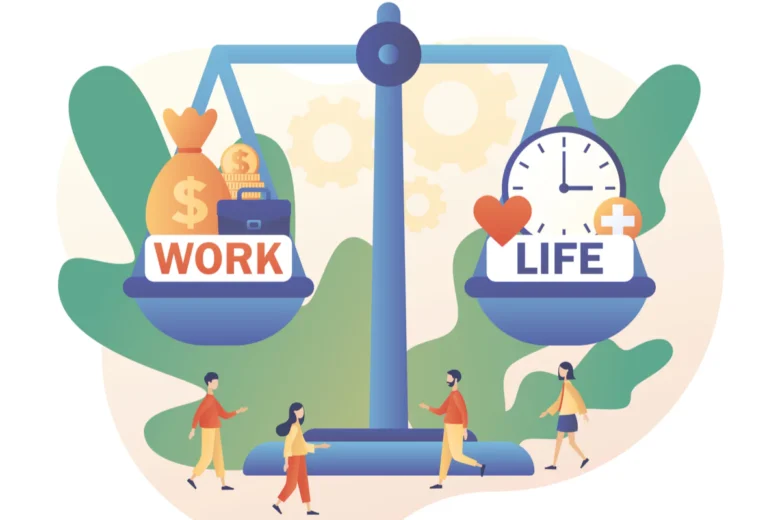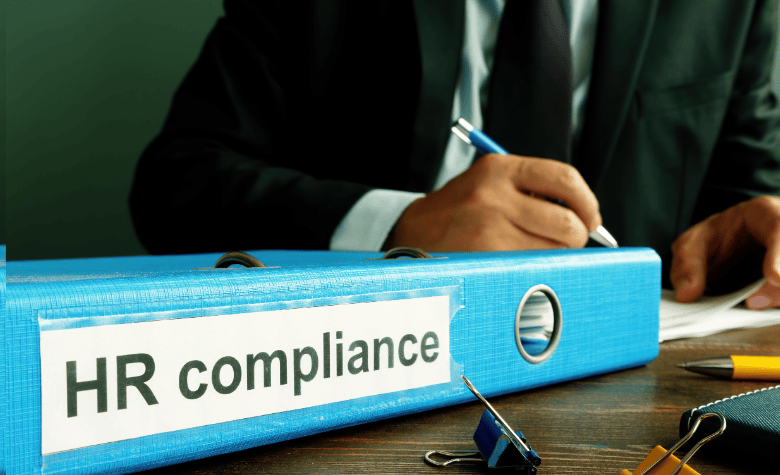Employee retention reflects the overall health and culture of a company, not just the reported decrease in turnover. High employee retention indicates that employees are happy, motivated, and committed to the company’s long-term goals. High employee turnover not only leads to lost productivity but also increases recruitment costs and damages team spirit. HR managers must …
The ability to maintain a balanced work-life balance is a goal shared by many. The distinction between work and private life is becoming more blurred, and a capacity to effectively manage your time is more important than ever. Time management isn’t just about doing more in the course of a day. It’s about achieving balance between work …
In modern businesses, HR’s role extends beyond recruitment and payroll. One of HR’s most important responsibilities is to support employee well-being. Employee well-being encompasses physical, mental, emotional, and financial health, which impacts performance, morale, and retention. A healthy workforce is more productive and engaged and has lower absenteeism. When employee well-being is valued, they feel …
The concept of balancing work and life is no longer only a fashion statement and a luxury; it’s an absolute necessity. People want it, and research suggests it’s a necessity, and employers who are forward-thinking recognize the importance of it. It’s not just about allowing people to go home from work on time but also creating environments …
Successfully and legally managing a workforce is fundamentally dependent on HR compliance. This includes ensuring that a company complies with all local, state, and federal labor regulations, as well as internal rules and regulations that govern the treatment and management of employees. Ignoring regulations can have serious consequences, including lawsuits, fines, and reputational damage. Labor …
Burnout is a regular issue in today’s hectic working environment, resulting in many feeling exhausted, disengaged, and unmotivated to work in their highest capacity. The ever-growing pressures of tight deadlines, increased workloads, and the necessity to remain always productive have exacerbated the problem for professionals from all different industries. This article explains how you can cut down …
Recruitment has evolved dramatically recently. Rapid technological advances, changing employee expectations, and global events like the pandemic have fundamentally changed the way companies identify and attract talent. Recruitment is no longer about posting a job ad and waiting for candidates to flock to the job. Today, recruitment requires strategic planning, a strong employer brand, and …
Maintaining a balance between work and personal life can be challenging, particularly given the ongoing demands of our professional and personal obligations. However, achieving a healthier work-life balance is not just about reducing work hours but about adopting daily habits that support mental and physical well-being. These routines, when practiced consistently, can bring clarity, reduce …
The global workforce has changed significantly recently, with many companies now permanently adopting a remote work model. This change has also changed the way teams function, coordinate, and interact with each other. Managing remote teams requires HR leaders to employ various strategies that combine structure with flexibility. Time differences, communication barriers, isolation, and loss of …
Work as we know it is changing. The traditional 9-to-5 job, once considered the gold standard, is being challenged by the rising demand for more flexible work schedules. Flexibility can significantly impact employees. It allows for a tailored approach to working that boosts both personal and professional well-being. For businesses, the benefits are equally compelling, …










